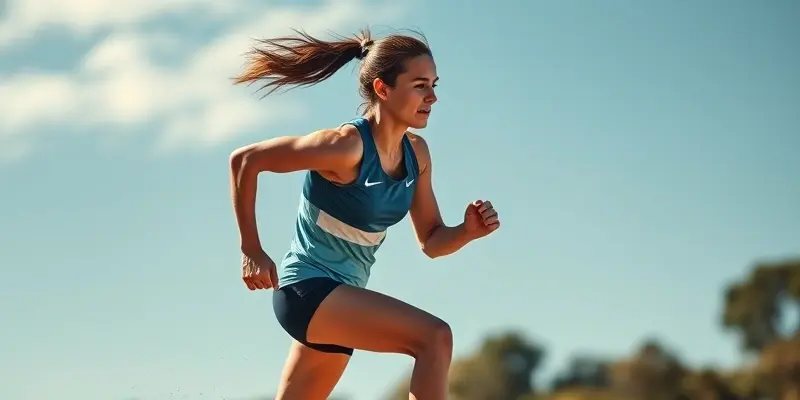From the Ring to Real Life: Recovery and Injury Lessons for Every Athlete
Injuries. Nearly every fitness enthusiast, amateur athlete, or pro faces them at some point. Yet, our community often focuses more on “pushing through” than on how the greats recover and bounce back stronger. If you want proof that strategic recovery is as vital as any lift or run, look no further than WWE champion Rhea Ripley. Her journey from rookie to world-class wrestler offers lessons any gym-goer, runner, or sports lover can use. Let’s break down how you can build physical and mental resilience for a longer, healthier fitness life.
Common Injuries—and Why They Happen
No matter your level, some injuries are especially common:
- Knee sprains and strains (often from twisting or poor landing)
- Shoulder dislocations and rotator cuff tears (from overhead movements or falls)
- Lower back strains (thanks to heavy lifting or poor posture)
- Concussions (contact sports, accidental falls)
Why do they happen? Many injuries stem from pushing too hard, poor technique, skipping warm-ups, or not giving your body enough time to recover. For Rhea Ripley, wrestling means heavy impacts, repetitive motions, and a busy schedule—making her prone to these very issues. Yet, through prevention and smart recovery, she’s stayed at the top.
Injury Prevention: Habits of Champions
You don’t need to be a pro wrestler to use these prevention tactics:
1. Smart Warm-Ups
Warm muscles perform better and are less likely to get hurt. Try dynamic stretches and light cardio before any activity.
2. Build Strength and Flexibility
Strong and supple muscles protect joints. Include both resistance training and flexibility work (think yoga or dedicated mobility drills).
3. Master Technique
Even seasoned athletes get hurt when they sacrifice form for ego. Prioritize learning and practicing proper technique—especially when trying new exercises.
4. Rest and Recovery
Rest isn’t laziness; it’s part of the process. Plan quality rest days, vary intensity, and listen to your body. Rhea’s career longevity is proof of disciplined recovery.
Recovery That Works: Tools, Nutrition, and When to Get Help
The road to “back at it” starts with smart decisions:
1. Immediate Care
For sprains or strains, remember RICE:
- Rest
- Ice
- Compression
- Elevation
This helps control swelling and gives tissue a chance to heal.
2. Gradual Return
Don’t rush. Start gentle movements, then progress to strength and sport-specific work. Physical therapy is key for more serious injuries.
3. Muscle Recovery Tools
- Foam rollers/massage guns: Boost circulation, ease soreness
- Compression sleeves: Reduce swelling and speed recovery
- Cold therapy gadgets: Manage inflammation after tough sessions
4. Nutrition for Healing
- Protein: Builds and repairs muscle tissue
- Anti-inflammatory foods: Salmon, walnuts, leafy greens fight swelling
- Stay hydrated and get micronutrients (vitamin C, zinc, magnesium)
5. Know When to Seek Help
Serious pain, swelling, or loss of function needs professional attention. Don’t delay!
The Mental Game: Psychological Resilience Inspired by Rhea Ripley
Physical healing is only half the story. Injuries challenge your confidence and motivation. Ripley’s journey—bouncing back from losses and setbacks—is a lesson in mental resilience.
How to Stay Mentally Strong During Recovery:
- Set realistic goals: Focus on small wins (“Today, I’ll walk 10 minutes pain-free”)
- Visualize your comeback: Positive imagery can motivate and speed healing (visualization for healing)
- Lean on your support network: Share progress and frustrations with friends, coaches, or online groups
- Practice self-compassion: It’s okay to feel frustrated; what matters is getting back on track
Key Takeaways: Winning at Wellness
All athletes—pros and beginners—benefit from balancing intensity with recovery. Injury isn’t the end; it’s an opportunity to learn and rebuild. Take a cue from Rhea Ripley and prioritize:
- Proper prep and prevention
- Smart, consistent recovery routines
- Mental resilience for the setbacks
Remember, true strength is not only about how much you can lift, but how well you recover and keep moving forward. Prioritize your health, train smart, and stay motivated—the GymPulse Club is with you every step of the way!

